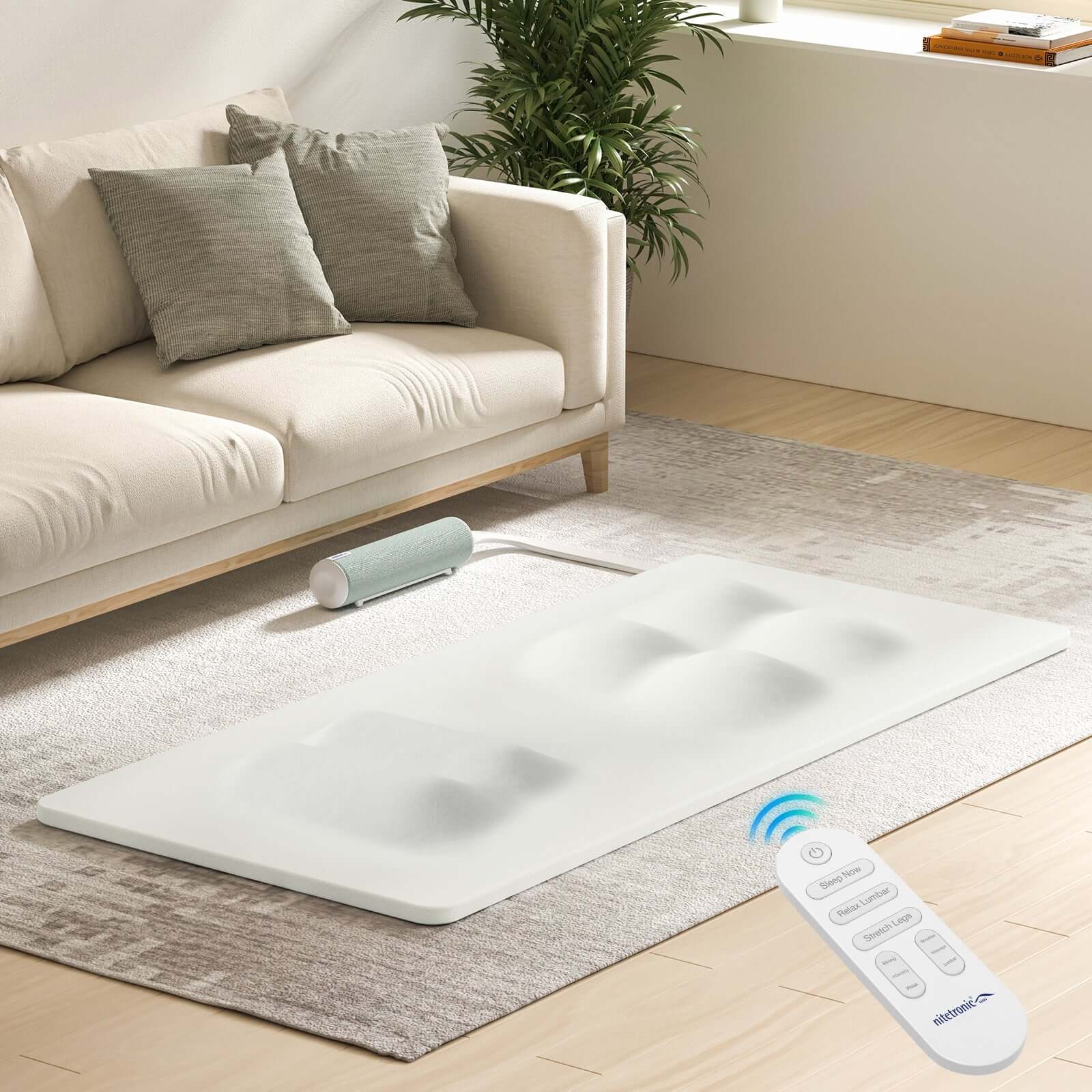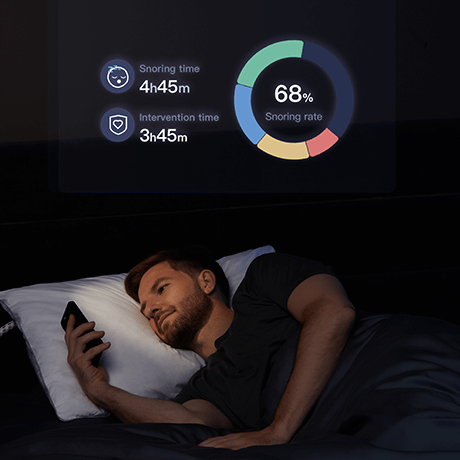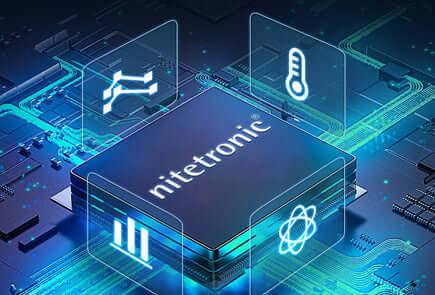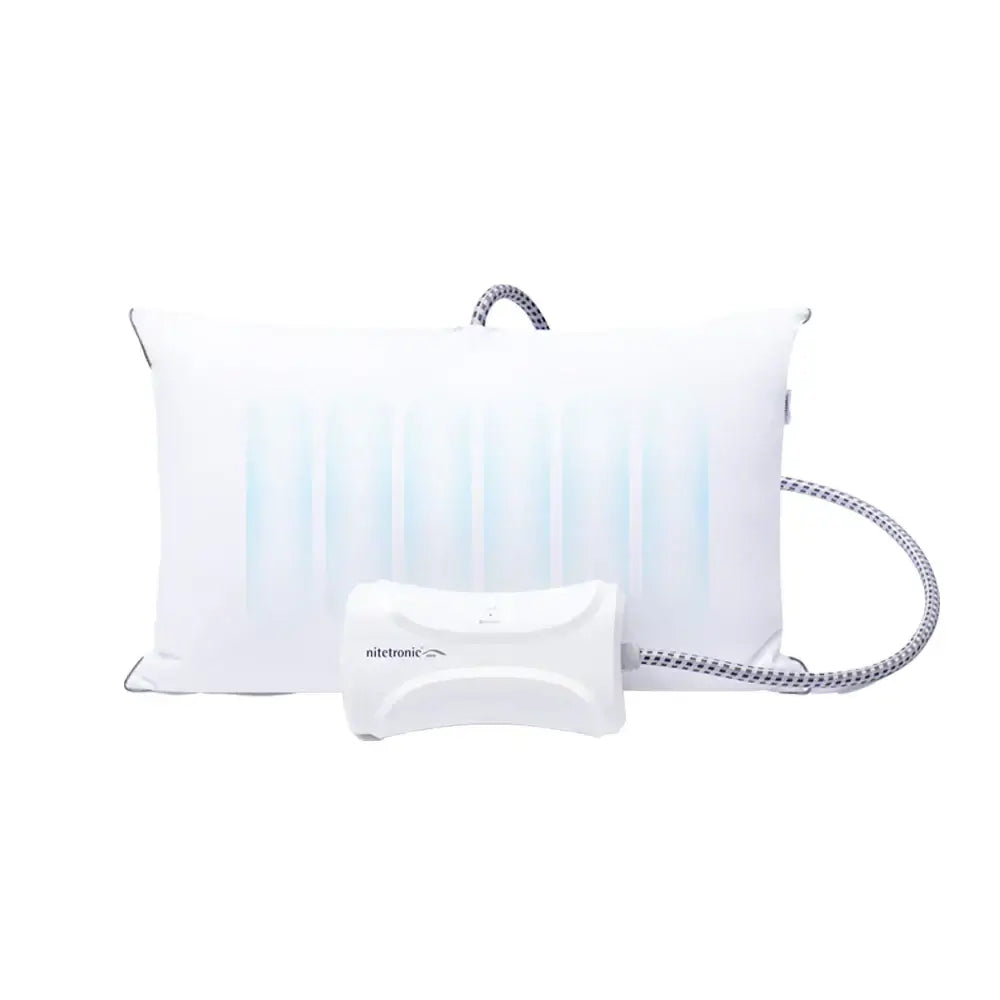Time has dragged us through more progress all around us. More requirements, more inventions. Every decade, science has surprised us with new technology to help us with our needs and daily life functions, as well as evolve our way of life.
MEMS is one of these remarkable technologies. Micro-electromechanical systems, or MEMS, are so named because of their use as well as their structure. Its components were first used in various applications, vehicles, and machinery in the mid-90s. The techniques for using electronic systems and devices have vastly evolved as a result of this technology. MEMS has been used in every area of advancement worldwide, from improving circuit performance to monitoring satellite systems.
Therefore, it has been steadily increasing over the years. According to some estimates, the (MEMS) market will grow at a remarkable 10.2 percent CAGR, reaching US$ 14.4 billion by 2022. (2022-2029). Shipments of micro-electromechanical systems are expected to total US$28.4 billion by 2029.
What is MEMS and MEMS Sensor?
The MEMS technique was invented to replace macro electro mechanisms with miniature mechanisms. It is a manufacturing technology that is more efficient, low-cost, and simple to use for any mechanism containing microscopic mechanical parts.
The first laboratory demonstration of MEMS devices was as a MEMS pressure sensor in the 1960s. In the 1990s, commercial development and manufacturing took off.
MEMS are used in sensors, actuators, generators, energy sources, biochemical and biomedical systems, oscillators, etc. MEMS tilt sensors, MEMS pressure sensors, MEMS gyroscopes, MEMS microphones, MEMS accelerometers, and other types of MEMS resonant sensors are examples of MEMS applications in sensors. The 1-100-micrometer components can be used to design these sensors.
Application of MEMS Sensor in our life
MEMS sensors are widely used in everyday applications. These sensors detect and measure external stimuli like pressure. It then uses mechanical actions to respond to the pressure that is measured. Every day, we use MEMs sensors in smartphones, smart watches, modern cars, personal computers, and other devices. Furthermore, these sensors are used in many fields, including military, industrial, commercial, and biotechnology.
As a result, we all require these MEMS sensors to live serenely. According to research, the MEMS sensor market will expand at a compound annual growth rate of 9% through 2027, reaching $50 billion.
Final Thoughts
It has been demonstrated that rapid development in electronic & electrical systems, the trend toward smart homes & smart wearable devices, and high growth in the automotive sector necessitate MEMS sensor demand for the foreseeable future. The Nitetronic MEM sensors are improved technology in terms of stability, thermal sensitivity, and user-friendliness, making them suitable for use in everyday mechanisms. Please visit nitetronic.com for additional information.















Leave a comment
This site is protected by hCaptcha and the hCaptcha Privacy Policy and Terms of Service apply.